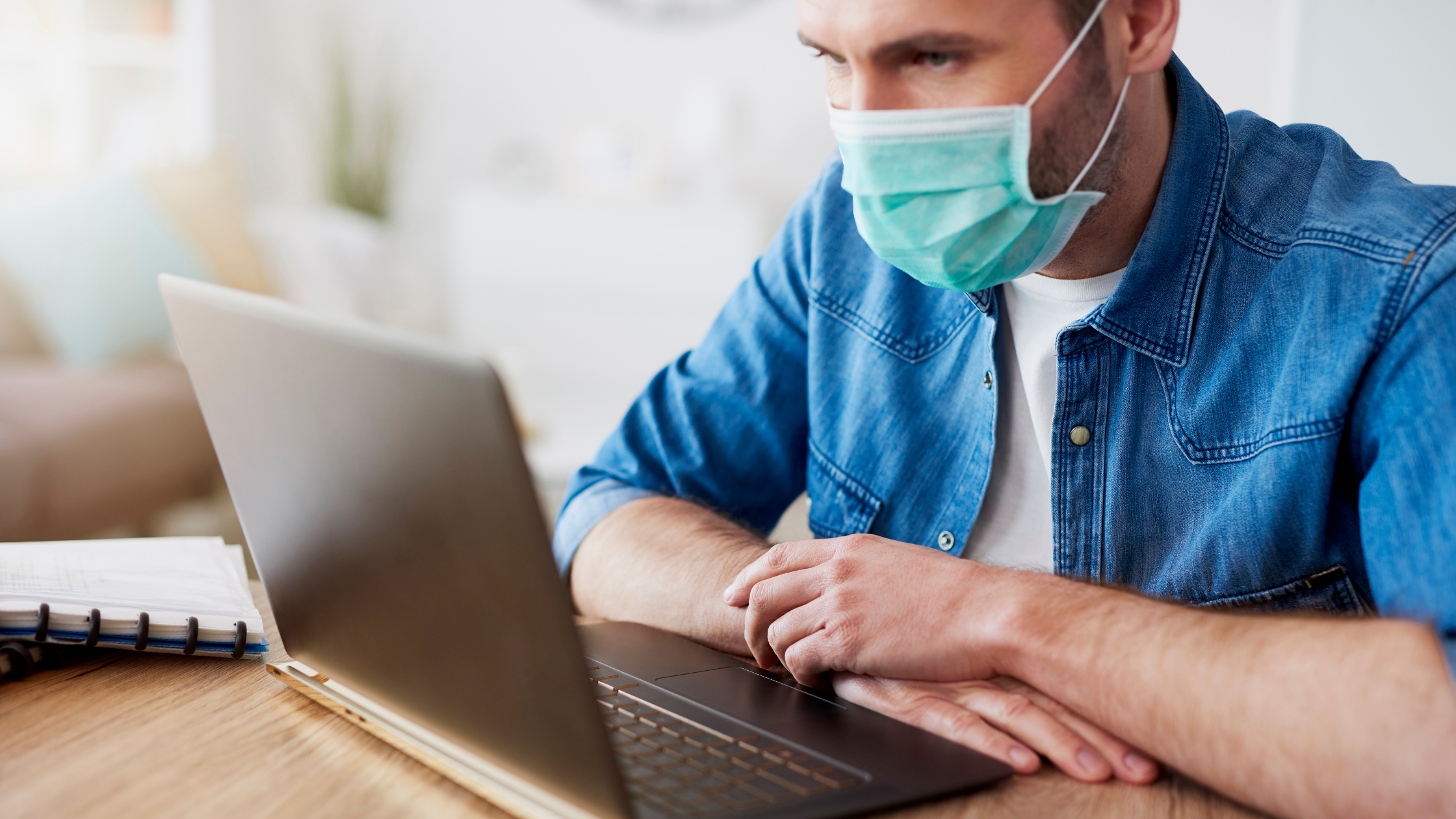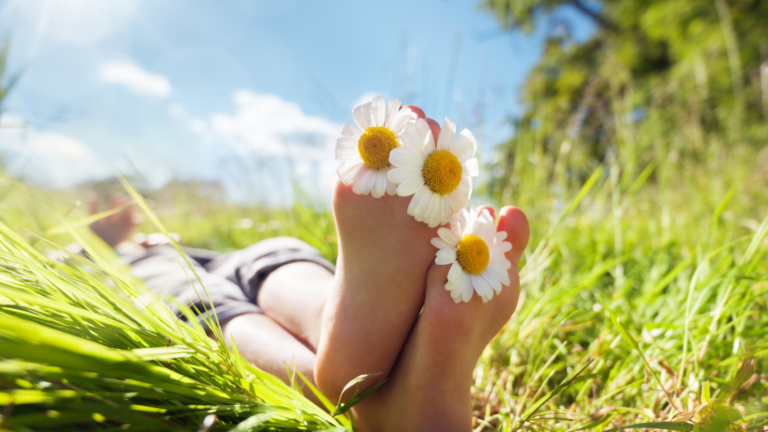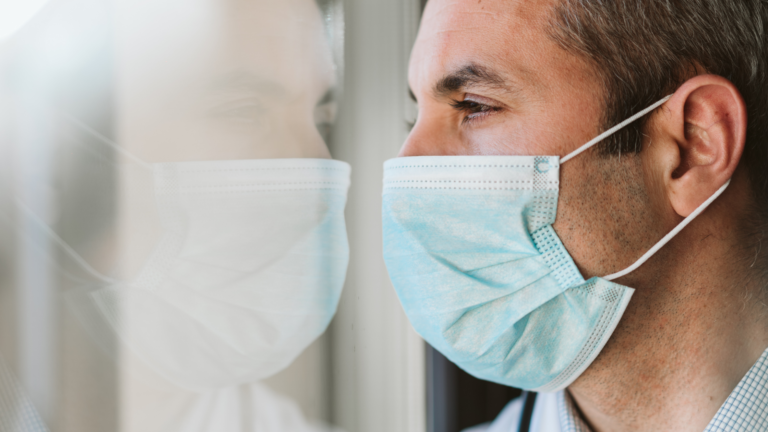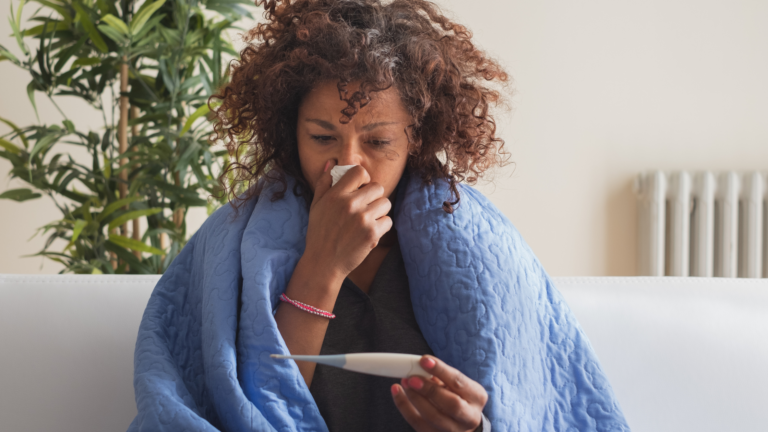Questions About Self-Isolation?
| Always follow the advice given to you by your health care provider and the local public health team. If you have questions or begin to feel worse, contact your health care provider, dial 8-1-1 to speak to a nurse (available 24/7), or contact your local public health unit. For the most up to date information about COVID-19 in BC, please visit www.bccdc.ca/covid19. |
Self-isolation means staying at home (or another similar place) where you can avoid contact with people. Self-isolation can last up to 14 days, as this is how long it can take ito develop symptoms after close contact with someone with COVID-19. Note: There may be some extenuating circumstances under which essential workers may not be required to isolate for the full 14-day period.
Self-isolate for 14 days.
- DO NOT leave home. While you cannot go into work, it may be possible to work from home as long as your employer has arranged for this option. Avoid public spaces (e.g., places of worship, grocery stores, malls, restaurants, schools) and public transportation, taxis or rideshares. Cancel all non-essential appointments.
- DO NOT come into contact with others. If there are other people in your home (who are not self-isolating), consider whether they can stay somewhere else temporarily. If not, isolate in a separate room away from them, and use a separate bathroom (if possible). Have meals dropped off at your door and ensure good airflow (i.e. open windows or doors to allow air to circulate) in any common areas.
- DO NOT have visitors. Food, medication and/or other supplies can be dropped off outside the home (or your door) by friends, family or delivery people. Stay in touch with others through technology.
- DO NOT have any contact with vulnerable people. Be especially careful not to spread the virus to seniors, those with weak immune systems, and those with a chronic health condition (e.g., diabetes, lung problems, heart disease).
- DO stay in touch virtually. Maintain social connections by reaching out to family and friends through phone or video chats.
- DO exercise regularly. You are allowed to go outdoors to get fresh air or to exercise. Ideally, do this in a private space such as a yard or balcony. Make sure to keep a distance of 2 meters (6 feet) from others at all times.
Monitor yourself for symptoms.
- DO check to see if you develop symptoms. Monitor yourself for any of the symptoms of COVID-19: fever, chills, cough, shortness of breath, sore throat, runny nose, loss of smell/taste, fatigue, diarrhea, loss of appetite, nausea, vomiting, muscle aches
- DO get tested if you develop symptoms. Get tested at a collection centre, or dial 8-1-1 to speak to a nurse (available 24/7) for further guidance. If you have trouble breathing, dial 9-1-1 and tell any first responders that you may have COVID-19. If you need non-urgent medical attention, make an appointment at a participating facility or utilize a drive-thru location and wear a medical/surgical mask when you leave home.
Continue to protect yourself and others.
- DO wash your hands often. Use soap and water to wash your hands for 20 seconds. If this is not an option, sanitize hands with an alcohol-based hand sanitizer that contains at least 60% alcohol, has a Natural Product Number (NPN) or Drug Identification Number (DIN), and/or is otherwise approved by Health Canada.
- DO keep a physical distance. Stay at least 2 metres (6 feet) away from others.
- DO wear a mask. Use a mask if you might to be within 2 meters (6 feet) of others and in unpredictable environments
- DO cover coughs and sneezes. Use a tissue or your elbow (or upper sleeve) to cover coughs and sneezes; do not use your hands. Immediately throw any used tissue into a lined trashcan, and wash your hands thoroughly.
- DO NOT share personal items. Avoid sharing items such as towels, linens, unwashed utensils or cups, thermometers, cigarettes, or electronic devices that could potentially spread the virus.
Clean & disinfect often.
- DO clean and disinfect surfaces. Clean hard surfaces to remove dirt or grime, and then follow with a step to disinfect. High-touch surfaces (e.g., doorknobs, switches, remotes) should be disinfected twice a day. Use a disinfectant or a freshly prepared bleach solution (i.e. 20 ml bleach per 1L of water). Leave surfaces wet for 1 minute.
- DO disinfect hand-held electronic devices. Unless otherwise indicated by the manufacturer, disinfect high touch-electronics with 70% alcohol.
| You can end self-isolation if 14 days have passed since exposure, and you have not developed symptoms of COVID-19. |
Source:
http://www.bccdc.ca/Health-Info-Site/Documents/Self-isolation_dos_donts.pdf




